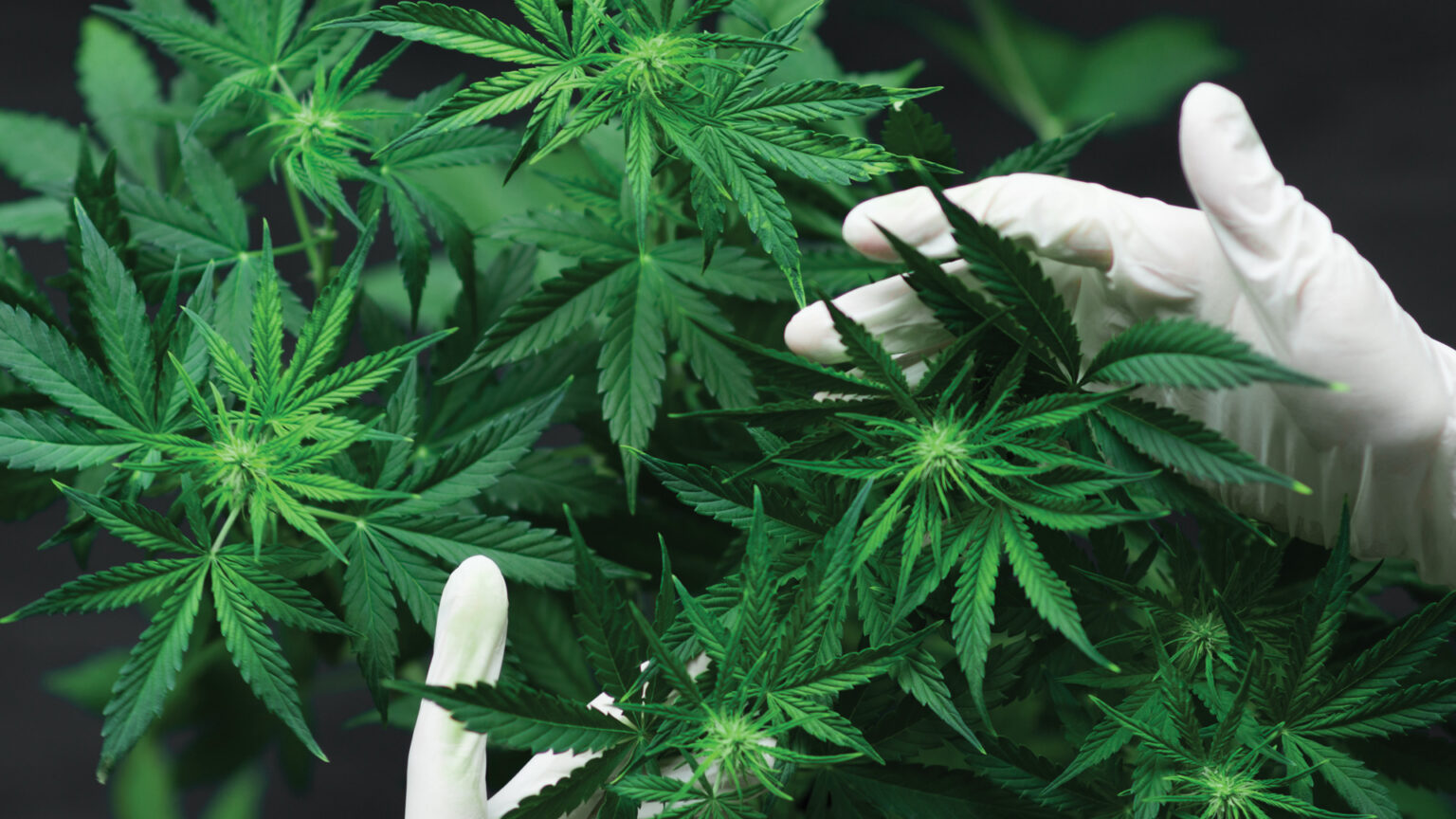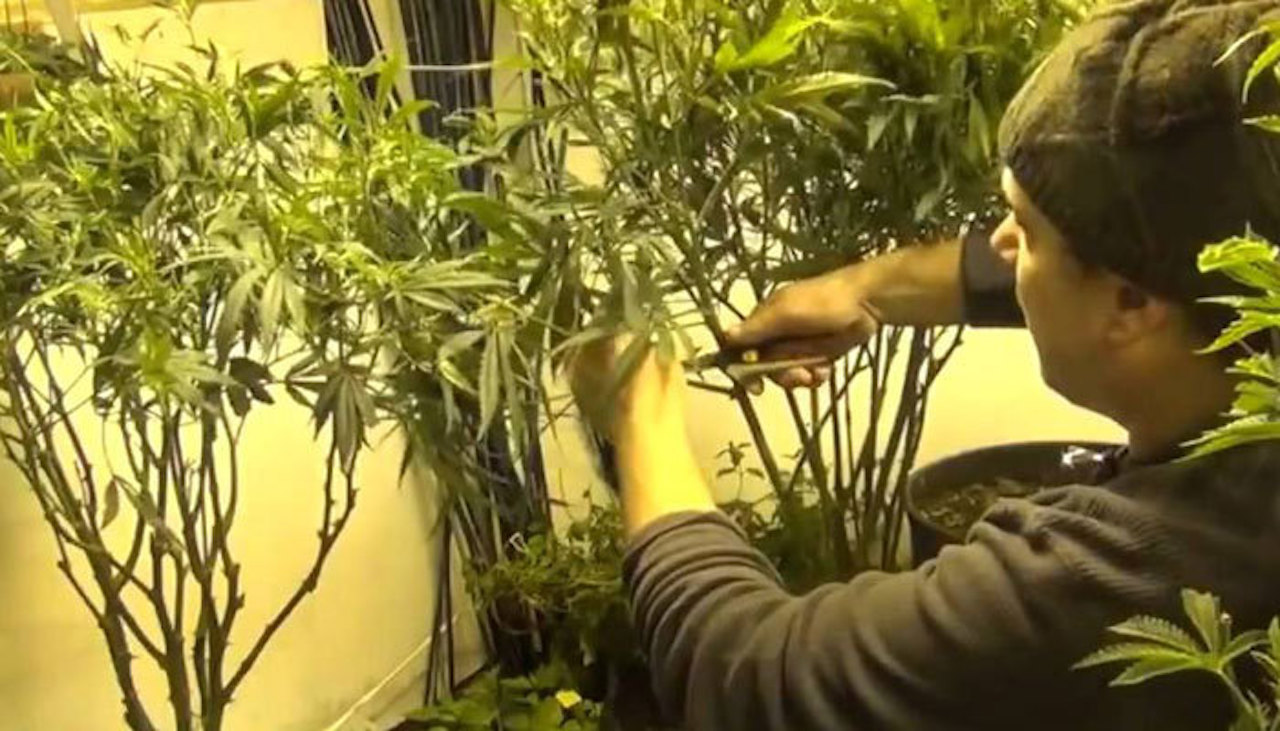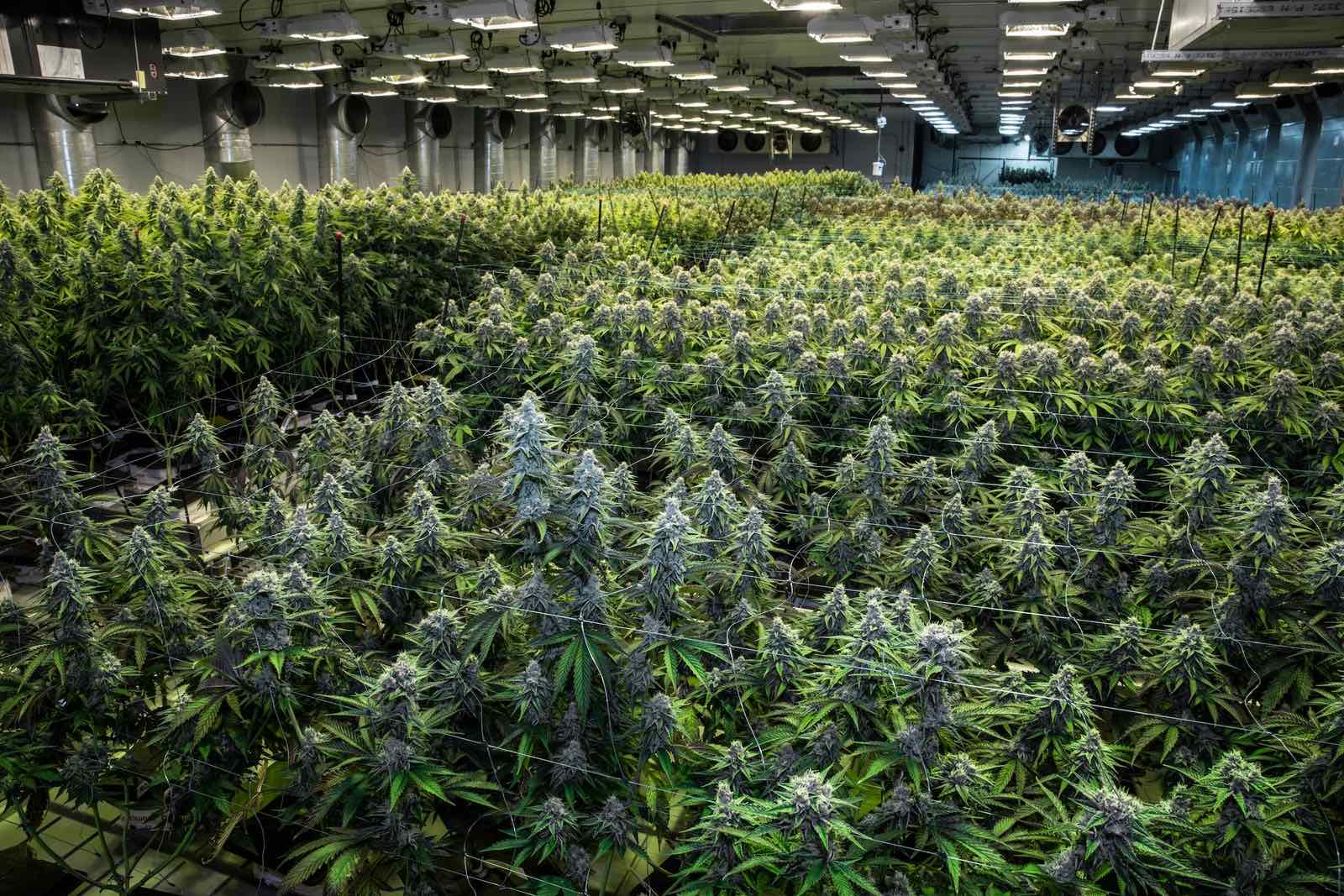
Cannabis Manufacturing Techniques: A Simple Guide
Cannabis has been utilized for various purposes for centuries, ranging from medicinal applications to recreational use. With the increasing legalization and acceptance of cannabis worldwide, there is a growing demand for understanding various cannabis manufacturing techniques. This blog post provides a comprehensive guide to the diverse methods involved in cannabis product manufacturing, allowing cannabis makers to produce a wide range of products tailored to various consumer preferences and needs.

Cannabis Cultivation
Choosing the right cannabis strain
Selecting the appropriate cannabis strain is a crucial first step in cannabis manufacturing. The three primary strain categories are:
- Indica – Known for its relaxing and calming effects.
- Sativa – Associated with uplifting and energizing experiences.
- Hybrid – A combination of Indica and Sativa, offering a balance of effects.
Growing environments
Manufacturing cannabis products begins with cultivating the plant in a suitable environment. There are three main growing environments:
- Indoor – Offers controlled conditions, enabling the grower to optimize factors like temperature, humidity, and lighting.
- Outdoor – Relies on natural sunlight and weather, often resulting in larger plants and higher yields.
- Greenhouse – Combines elements of indoor and outdoor cultivation, providing a controlled environment with natural sunlight.
Harvesting and curing
Proper harvesting and curing techniques ensure the quality and potency of the final product:
- Timing – Harvesting at the right time maximizes cannabinoid and terpene content.
- Harvesting techniques – Employing methods that minimize damage to the plant material.
- Drying and curing – Carefully drying and curing the plant material to preserve its quality and prevent mold growth.

Cannabis Extraction Techniques
Cannabis extraction techniques isolate desired compounds, such as cannabinoids and terpenes, from the plant material. There are several methods employed in the industry:
Solvent-based extractions
These extractions utilize solvents to dissolve the desired compounds:
- Butane hash oil (BHO) – Involves using butane as a solvent to extract cannabinoids and terpenes, creating a potent concentrate.
- Ethanol extraction – Employs food-grade ethanol to extract the desired compounds, often used for tinctures and edibles.
- Isopropyl alcohol extraction – Utilizes isopropyl alcohol to extract cannabinoids and terpenes, typically for personal use.
Solventless extractions
Solventless extractions do not involve solvents and rely on mechanical processes:
- Rosin – Applies heat and pressure to cannabis flowers, releasing a resinous sap containing cannabinoids and terpenes.
- Water extraction – Uses water to leach compounds from the plant matter, producing a clean and safe high-purity extract.
- Dry sift – Involves sifting dried cannabis through fine mesh screens to collect trichomes, resulting in a powdery concentrate known as kief.
CO2 extraction
CO2 extraction harnesses the unique properties of carbon dioxide to extract cannabinoids and terpenes:
- Supercritical CO2 extraction – Involves using CO2 at high pressure and temperature to create a supercritical fluid that extracts the desired compounds.
- Subcritical CO2 extraction – Employs CO2 at lower pressure and temperature, preserving terpenes and creating a more flavorful extract.

Cannabis Concentrate Manufacturing
Cannabis concentrates offer potent and versatile options for consumers. Different manufacturing techniques result in varying textures and appearances:
Shatter
Shatter is a translucent and glass-like concentrate:
- Production process – Involves purging the solvent from the extract, typically using a vacuum oven.
- Texture and appearance – Shatter is known for its brittle texture and amber color, which can be easily broken into smaller pieces for consumption.
Wax
Wax is a soft and pliable concentrate:
- Production process – The extract is agitated during the purging process, creating a creamy and opaque consistency.
- Texture and appearance – Wax is characterized by its crumbly or buttery texture, making it easy to handle and consume.
Crumble
Crumble is a dry and crumbly concentrate:
- Production process – Involves purging the solvent at a lower temperature and for a longer duration than other concentrates.
- Texture and appearance – Crumble is known for its delicate, crumbly texture that can be easily sprinkled onto a bowl or vaporizer.
Budder
Budder is a smooth and creamy concentrate:
- Production process – Requires vigorous whipping during the purging process, which introduces air and results in a light, aerated consistency.
- Texture and appearance – Budder is characterized by its smooth, spreadable texture, similar to that of softened butter.

Cannabis Infusion Techniques
Cannabis infusions are used to create a variety of products, including edibles and topicals. The following techniques are commonly used:
Cannabutter
Cannabutter is a popular infusion for cooking and baking:
- Ingredients – Butter and decarboxylated cannabis flower are combined in the infusion process.
- Preparation method – The cannabis is gently simmered with butter, allowing the cannabinoids to infuse into the fat.
Cannabis-infused oil
Cannabis-infused oil is a versatile infusion used in various applications:
- Ingredients – A carrier oil, such as coconut or olive oil, is combined with decarboxylated cannabis flower.
- Preparation method – The cannabis is gently heated with the oil, allowing the cannabinoids to infuse into the fat.
Cannabis tinctures
Cannabis tinctures are alcohol-based infusions that offer rapid onset and precise dosing:
- Ingredients – High-proof alcohol and decarboxylated cannabis flower are used in the infusion process.
- Preparation method – The cannabis is steeped in alcohol for an extended period, extracting the cannabinoids and terpenes.
Cannabis Edible Manufacturing
Cannabis edibles offer discreet and convenient consumption methods. The following types of edibles are popular:
Baked goods
Baked goods are a classic category of cannabis edibles:
- Brownies – Rich, chocolatey, and infused with cannabis butter or oil.
- Cookies – Bite-sized treats available in various flavors and infused with cannabis butter or oil.
- Cakes – Larger desserts infused with cannabis butter or oil, perfect for celebrations and gatherings.
Gummies and candies
Gummies and candies offer portable and tasty cannabis-infused options:
- Gummy bears – Chewy, fruit-flavored candies infused with cannabis tinctures or oils.
- Hard candies – Long-lasting, flavorful candies infused with cannabis tinctures or oils.
- Chocolate bars – Creamy chocolate infused with cannabis, often portioned for precise dosing.
Beverages
Cannabis-infused beverages provide an alternative method of consumption:
- Cannabis-infused teas – Relaxing or energizing teas infused with cannabis tinctures or oils.
- Cannabis-infused coffee – Invigorating coffee beverages infused with cannabis tinctures or oils.
- Cannabis-infused sodas – Fizzy, flavored drinks infused with cannabis tinctures or oils.



Cannabis Topical and Transdermal Product Manufacturing
Topical and transdermal cannabis products provide localized relief:
Cannabis-infused lotions
Cannabis-infused lotions offer moisturizing and soothing benefits:
- Ingredients – A blend of cannabis-infused oil, water, emulsifiers, and other skincare ingredients.
- Production process – The cannabis-infused oil is combined with water and other ingredients, then mixed until a smooth lotion is formed.
Cannabis-infused balms and salves
Cannabis-infused balms and salves provide targeted relief for aches and pains:
- Ingredients – A combination of cannabis-infused oil or butter, beeswax, and essential oils.
- Production process – The cannabis-infused oil or butter is melted with beeswax and essential oils, then poured into containers to solidify.
Transdermal patches
Transdermal patches deliver cannabinoids directly to the area that made need relief:
- Ingredients – A blend of cannabis extracts, carrier agents, and adhesive materials.
- Production process – The cannabis extracts are combined with carrier agents and adhesive materials, then applied to a patch backing for easy application.
Cannabis Vape Product Manufacturing
Vaping is a popular method of cannabis consumption that offers rapid onset and customizable experiences:
Vape oil
Vape oil is the liquid used in vape pens and cartridges:
- Ingredients – A blend of cannabis extracts, carrier liquids (such as propylene glycol or vegetable glycerin), and optionally, flavorings.
- Production process – The cannabis extracts are combined with carrier liquids and flavorings, then mixed thoroughly.
Vape cartridges
Vape cartridges are pre-filled containers designed for use with vape pens:
- Types of cartridges – Cartridges can be disposable or refillable, and may use various heating elements, such as wick-based or ceramic coils.
- Filling process – Cartridges are filled with vape oil using automated or manual filling machines.
Disposable vape pens
Disposable vape pens are single-use devices pre-filled with vape oil:
- Components – Disposable vape pens contain a battery, a heating element, and a pre-filled vape oil chamber.
- Production process – The vape oil chamber is filled, and the heating element and battery are assembled to create a ready-to-use device.


Quality Control and Testing
Ensuring quality and safety in cannabis manufacturing is crucial for consumer trust and compliance with regulations:
Importance of quality control in cannabis manufacturing
Implementing quality control measures throughout the manufacturing process helps maintain product safety, consistency, and potency.
Standard tests for cannabis products
Cannabis products undergo various tests to ensure they meet established standards:
- Cannabinoid content – Determines the concentration of cannabinoids, such as THC and CBD.
- Terpene profile – Analyzes the aromatic compounds present in the product.
- Pesticides and contaminants – Ensures the product is free from harmful chemicals and impurities.
Third-party testing and certification
Independent testing by third-party laboratories provides unbiased assessments of product quality and safety, building consumer trust.
Understanding various cannabis manufacturing techniques is essential for cannabis makers looking to create diverse and high-quality products. This comprehensive guide has explored numerous methods for cultivating, extracting, and producing various cannabis products, from concentrates to edibles and topicals. By selecting the most suitable manufacturing methods and adhering to strict quality control measures, cannabis manufacturers can ensure the safety and efficacy of their products, while meeting the diverse needs and preferences of consumers.







